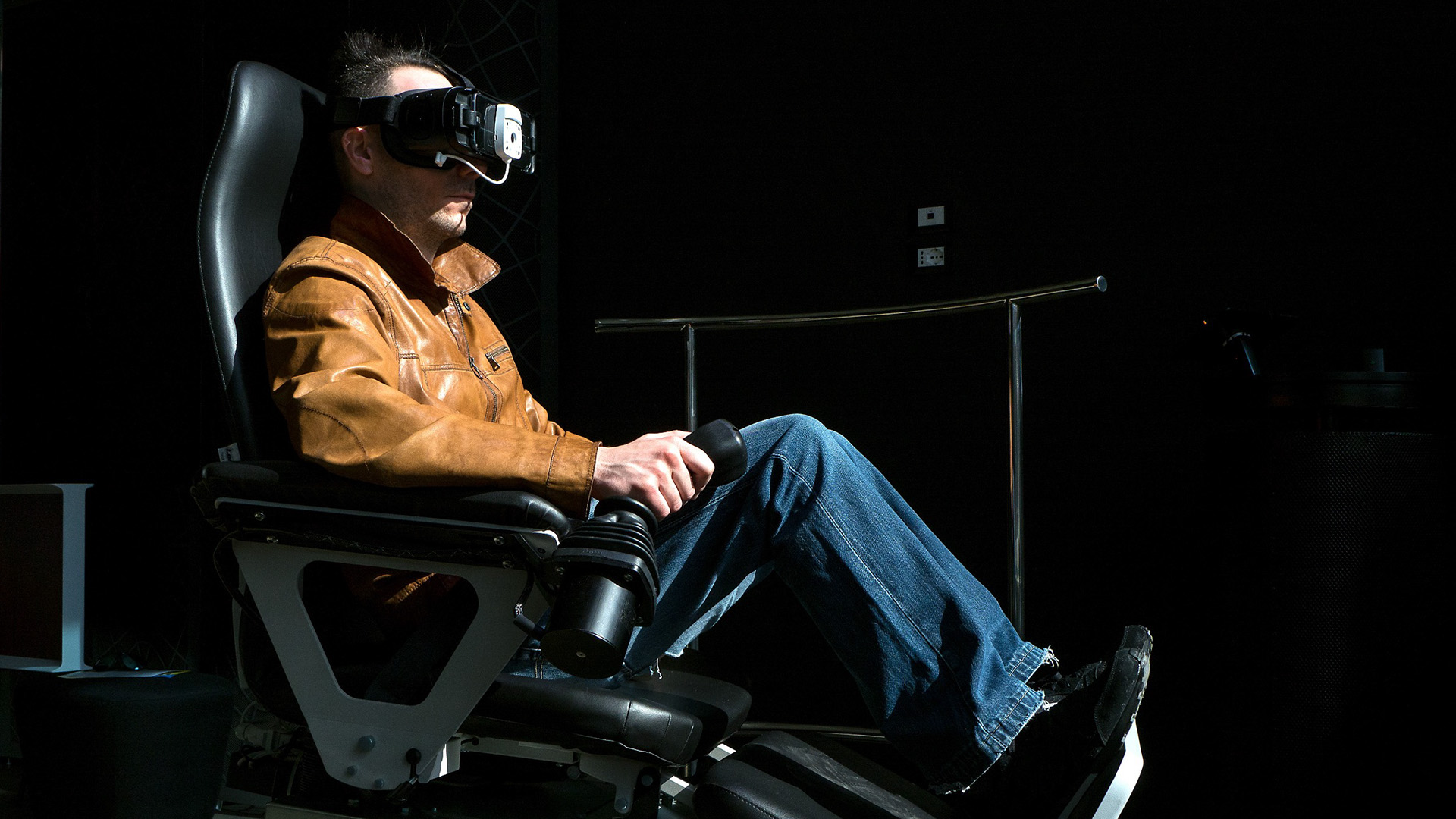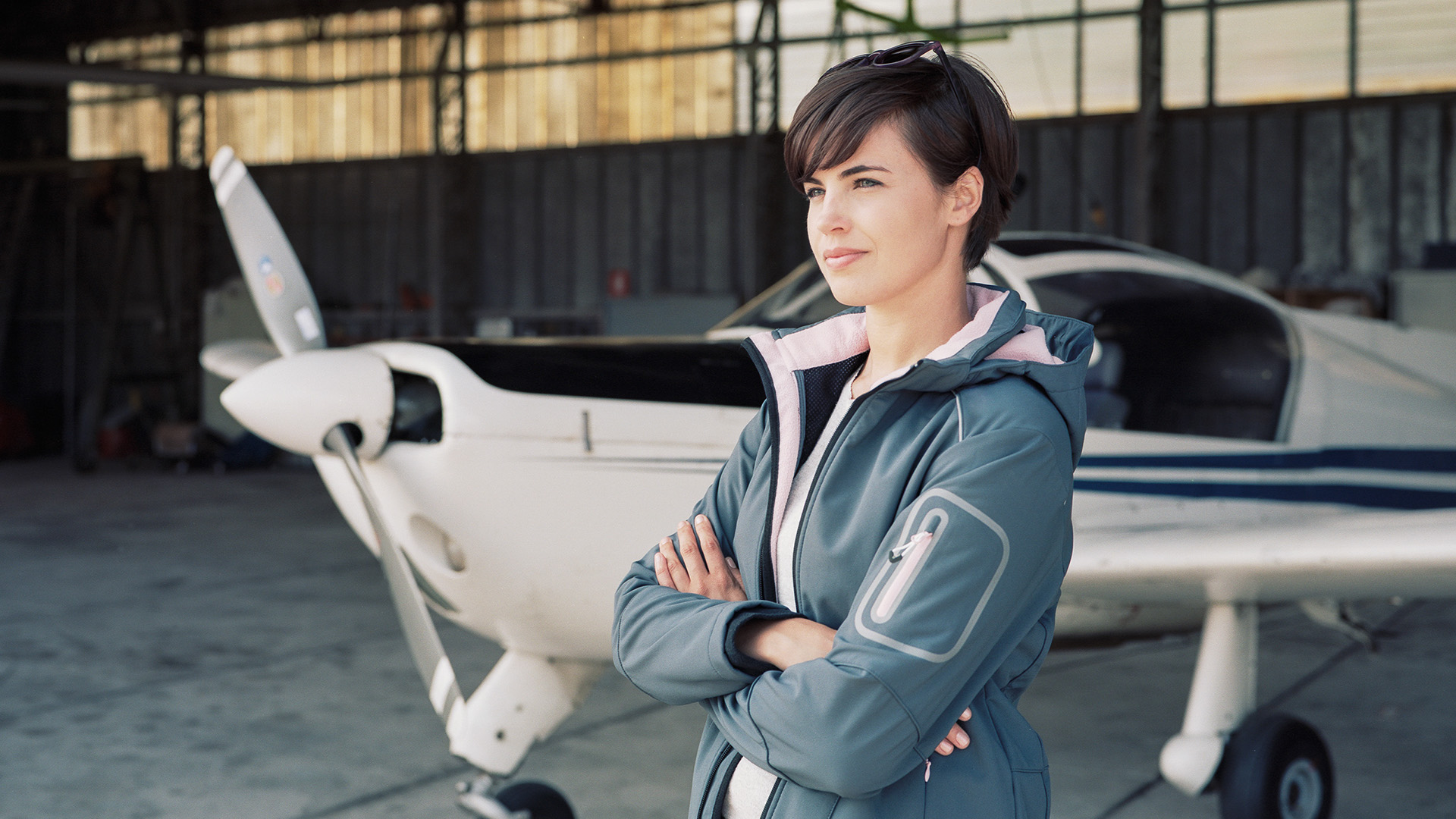High school students are leading the way into a new & innovative generation of aviation.
Imagine what it takes to learn how to fly! Studying to be a pilot in the aviation industry comes with many challenges, such as finding the right instructor, preparing for the infamous FAA exams, learning how to communicate with the tower, and being proficient in the latest tools—not to mention the high expenses. Such a heavy undertaking could dissuade many from becoming a pilot.
However, today we are seeing the emergence of a new and innovative generation of aviators: high school students! Today, aviation chapters and numerous institutions and organizations around the U.S. are helping students acquire the knowledge and new tools needed to soar through the skies by offering real-world and hands-on experiences. Through these programs, students are thrown into trouble-solving situations and are better positioned to pursue their future careers in aviation confidently.

For example, students learn how to fly and maintain planes with a top-of-the-line flight simulator at North Augusta High School. With the help of instructors such as Travis Spears, students are having fun exploring flight opportunities and learning the pre-flight steps, how to handle issues, and how to fly safely before actually stepping onto a real plane. The course also offers students a curriculum written by Boeing and the Aircraft Owners and Pilots Association (AOPA) and all of the necessary information needed to pass the FAA exam.
North Augusta High School instructor Travis Spears stated, “Many people have this idea that aviation is this unattainable thing that is only available to rich people. Our program is designed to open up the opportunity to fly to everyone.”
In June 2022, The Lone Star Flight Museum and The Museum of Flight in Seattle, Washington, signed an agreement to push aviation learning into the community. Together, they installed an Aviation Learning Center (ALC) to inspire the pursuit of aviation in high school students and introduce them to the basic concepts of aerodynamics, traffic control, relevant math skills, engineering, and computer science. Additionally, the Texas aircraft company Mooney International Inc. will provide the museum with an aircraft where students can eventually practice their hard-earned skills hands-on.
The center is also fighting to change the narrative of women in aviation. “In other countries, you see that 60% of engineers are women, whereas, in the U.S., it is only about 18%. This is a cultural thing. It’s my generation of parents that bring up their daughters to think it’s a man’s field, that math and science are not for girls,” stated Dr. Bonnie Dunbar, Director of the University of Houston’s STEM Center and Director/Co-Chair of the Education Committee of Lone Star Flight Museum.

Likewise, this past July, the Women’s Air Race Classics (ARC) program was implemented for prospective female pilots ranging from 17-90 years old. The program aims to encourage and educate current and future women pilots, increase public awareness of general aviation, demonstrating women’s roles in aviation, and preserve and promote the tradition of pioneering women in aviation.

Lastly, The Lakeland Aero Club is a non-profit flying club for high school students that teach all aspects of the aviation industry, including complete restorations and flight training. Through the club’s program, students gain hands-on training in building aircraft engines and gain full support until they are up in the air and flying.
Programs like the ones mentioned above successfully prepare students with the latest technology and knowledge to prepare them in their quest to become future pilots. All of these associations and organizations are using FAA requirements, state of the art training, all in a dynamic, supportive, and safe environment. With the help of incredible instructors, students can fulfill their dreams and spearhead a new generation in aviation!